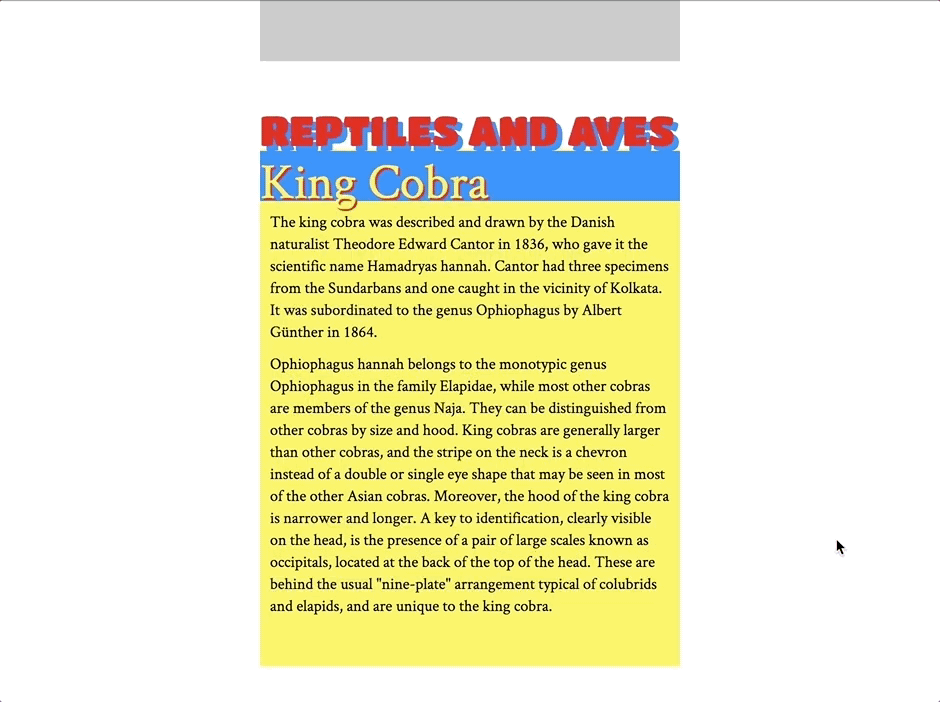
Css sticky has a wide variety of properties that allow you to position elements on your page. These include static, relative, fixed, and sticky. Today, we will explore css sticky and see how it can be used on our websites.
The css sticky property is an alternative to the float property and allows you to set how far from the top, bottom, left, and right of the screen you want an element to stick to. It is useful for things like a Bootstrap nav bar that sticks to the top of the page. To do this, simply add the.sticky-top utility class to the nav element in your HTML.
Mastering CSS Sticky Positioning: Creating Floating Elements for Engaging Web Layouts
In addition to allowing you to set an offset for your sticky element, it also lets you specify the parent element of the sticky element. The element will then be positioned relative to that parent until it crosses a threshold value in the viewport. Once it does, it will transition to a position of fixed and remain stuck there.
The css sticky feature is great but it has some issues that you should be aware of. First, it is not supported in all browsers. Second, it can be very slow to use. Finally, it relies on the Intersection Observation API to detect when elements “intersect” with one another. This can be slow, especially for mobile devices.